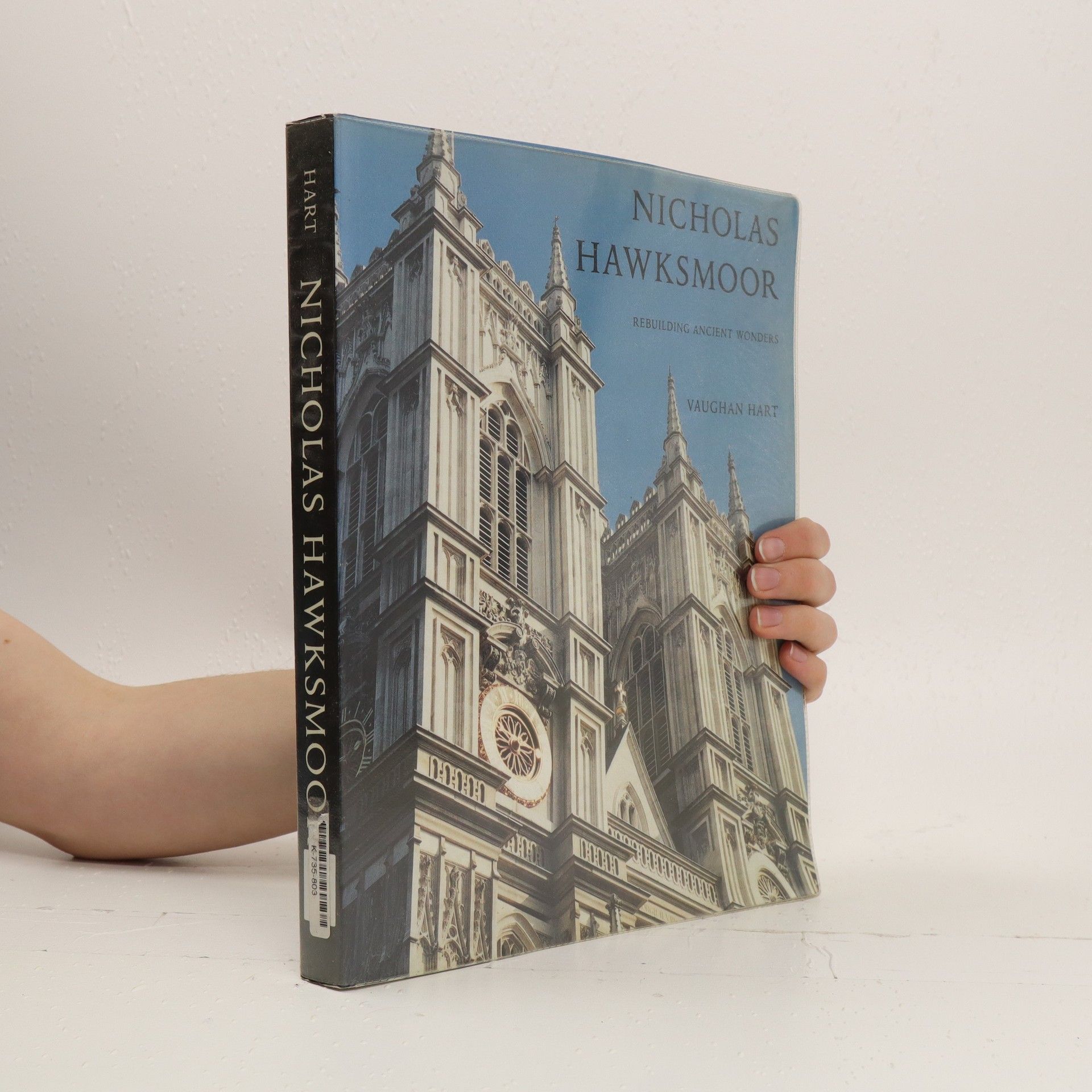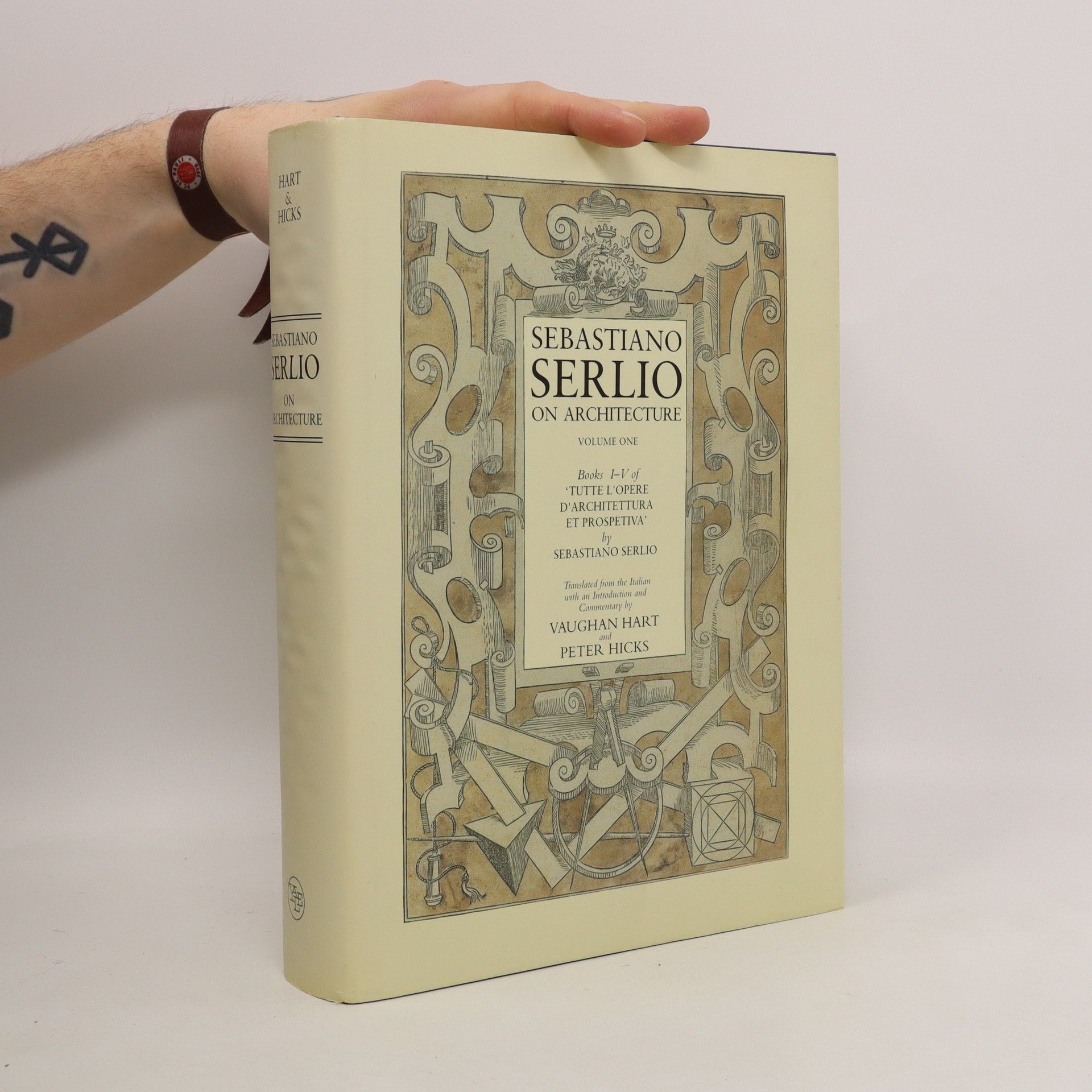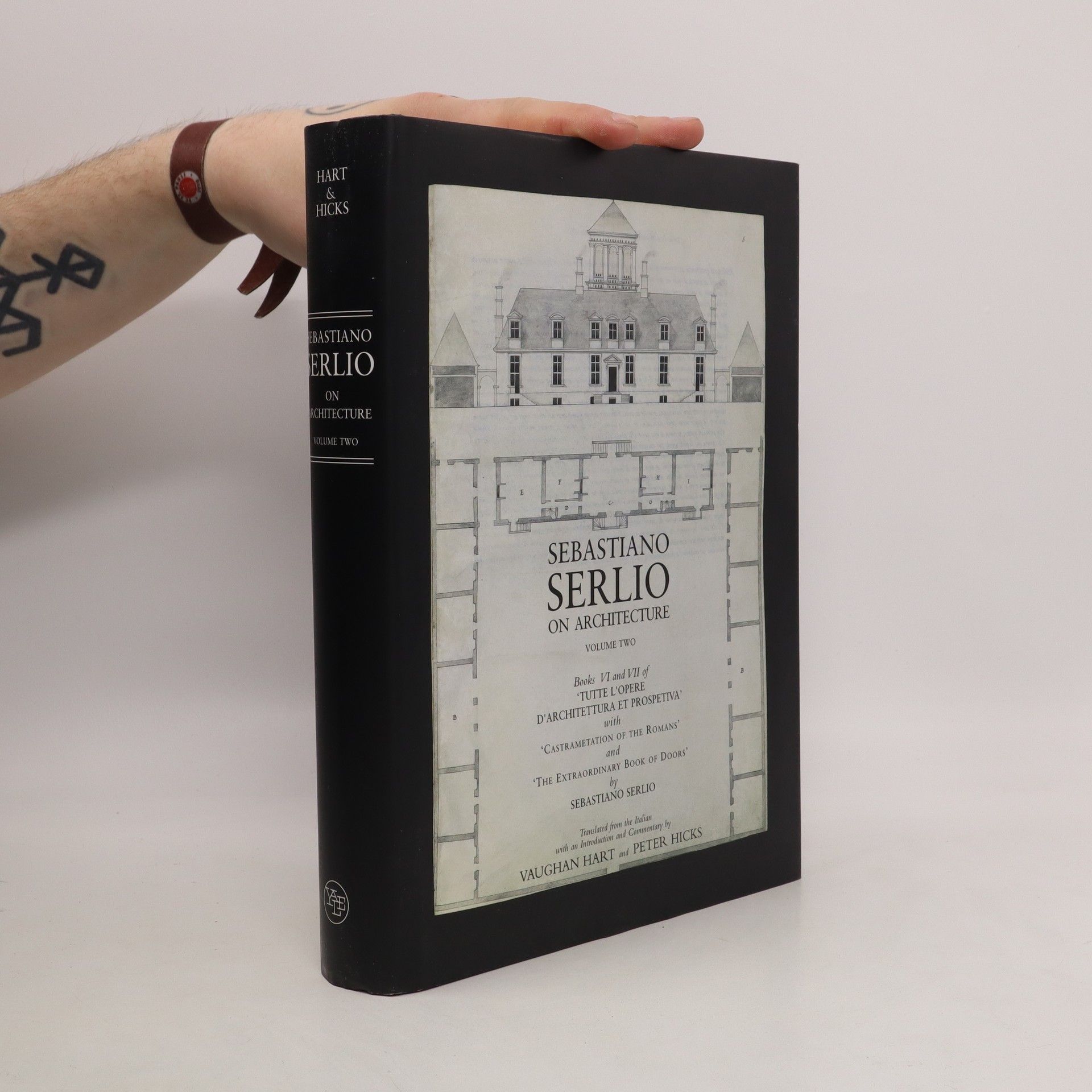Sebastiano Serlio was the most important architectural writer and theorist of the 16th century. The author of the first wide-ranging illustrated book on architecture, he produced a complete set of model designs as well as practical solutions for everyday design problems.
Vaughan Hart Knihy
Vaughan Hart je přední historik architektury a profesor architektury na Univerzitě v Bathu. Jeho práce se zaměřuje na hluboké pochopení architektonických stylů a jejich historického kontextu. Hartovy analýzy nabízejí cenný vhled do vývoje architektonického myšlení a praxe. Jeho přístup kombinuje detailní historický výzkum s kritickým zhodnocením architektonických děl.





Sebastiano Serlio was one of the most influential architectural writers of the 16th century. This work brings together five volumes of his treatise on the principles of architecture, which deal with the rules of geometry and perspective, and attempt to codify the rules of design.
Nicholas Hawksmoor : rebuilding ancient wonders.
- 316 stránek
- 12 hodin čtení
"The diverse works of architect Nicholas Hawksmoor (?1661-1736) ranged from small architectural details to ambitious urban plans, from new parish churches to work on the monument of his age, St. Paul's cathedral. As a young man Hawksmoor assisted Christopher Wren and John Vanbrugh, emerging from these formidable apprenticeships to design some of the most vigorous and dramatic buildings in England. In this engaging book, architectural historian Vaughan Hart presents a fresh view of Hawksmoor's built and planned work. In addition, Hart offers the first coherent explanation of Hawksmoor's theory of architecture." "Most famous for his brooding London churches and the mausoleum at Castle Howard, Hawksmoor also designed the twin towers of Westminster Abbey and, in Oxford, the Clarendon Building and college of All Souls. He dreamed of transforming the historic centres of Oxford and Cambridge into ideal cities, and at Westminster he planned a new bridge and triumphal route to celebrate London's growing status as a world capital. Hart explains why Hawksmoor's buildings look the way they do, what contemporary events influenced his work, and how such ancient buildings as Solomon's temple and Mausolus's tomb inspired him. Underscoring the unique qualities of the architect's accomplishments and aspirations, Hart establishes with new clarity Hawksmoor's role in the development of English architecture."--BOOK JACKET.
Focusing on Christopher Wren's fascination with Eastern antiquity and Ottoman architecture, this study reveals how his theories challenged traditional views on the origins of architectural styles. Hart explores Wren's integration of classical elements influenced by his appreciation for Eastern traditions, alongside the Anglican interest in the Eastern church. Through meticulous examination of diary records, the book reassesses Wren's collaboration with Robert Hooke, offering a fresh perspective on Wren's contributions to architecture and his innovative approach to design.